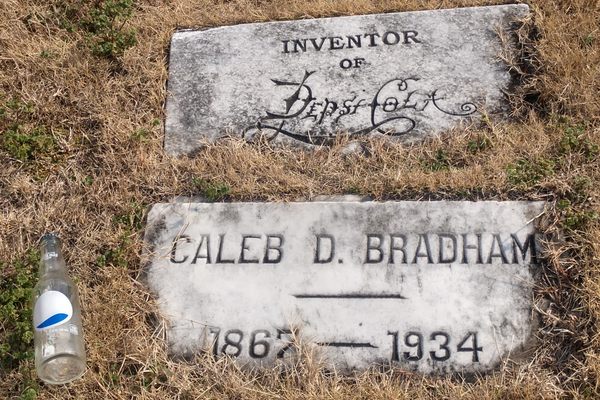50 States of Wonder
7 Cool, Creepy, and Unusual Graves Found in North Carolina
Every state in the union has graves, and their share of unusual burials or cemeteries, but there's something about the Tarheel State's final resting places that carry a sense of history and mystery, from long-forgotten graveyards, to eternal resting places for conjoined twins, to a politician that had himself buried inside a giant boulder.

1. Old Burying Ground
Deeded to the town of Beaufort following the first survey of the city in 1731, the Old Burying Ground slowly grew. It holds more than 200 headstones that date back to before the Civil War. The earliest legible date on one of the markers is 1765, though many experts believe there are much older stones, their dates no longer visible. And the cemetery is full of stories, from the British naval officer buried in a standing position facing England, to Captain Otway Burns, a privateer and state senator said to be buried with a cannon, to a young girl preserved in a barrel of rum because she died at sea. (Read more.)
400 Ann St, Beaufort, NC 28516

2. Grave of Chang and Eng Bunker
Chang and Eng Bunker are buried in picturesque Mount Airy, an area where more than a thousand of their descendants still reside. The Bunkers were born in what is now Thailand (then called Siam) in 1811, joined at the chest by a bridge of cartilage. They traveled the world and gained widespread fame as the "Siamese Twins." After years on the road, they visited North Carolina, became enchanted, and decided to settle there. They married local sisters Adelaide and Sarah Anne Yates, producing a total of 21 children (hence all the descendants). After their deaths, on the same day, and being gawked at once again, they were laid to rest. At an annual gathering, hundreds of those descendants come together to celebrate their unique heritage. (Read more.)
614 Old U.S. 601, Mt Airy, NC 27030

3. Pepsi Inventor Caleb Bradham's Grave
New Bern is known as the “Birthplace of Pepsi,” for good reason. In 1898, pharmacy owner Caleb Bradham experimented with a concoction of vanilla, kola nut extract, and other “secret ingredients” that he initially called “Brad's Drink,” then renamed Pepsi-Cola. By 1905, the drink had grown so popular that Bradham moved into bottling it and selling it to grocery stores. Active in civil life in North Carolina, Bradham and the company declared bankruptcy after he bought a large quantity of sugar just before the price dropped dramatically. He sold the company and went back to his pharmacy. Bradham died in 1934, and was buried in Cedar Grove Cemetery. (Read more.)
808 George St, New Bern, NC 28560

4. Tomb of William Jeffreys
As the state senator William Jeffreys grew weaker and weaker, his father assented to his request: “Bury me in rock.” When Jeffreys died in 1845, his mourning father hired a local stone mason. It reportedly took him over a year to chisel a tomb into a giant boulder. No story like this would be complete without rumors, whispers, and folktales, including reports that Jeffreys was buried with valuables, which made his grave a target for vandals. But he remains buried there, though his marble marker was shattered and all road signs directing visitors to this unique tomb have been removed. (Read more.)
970 Sid Eaves Rd, Youngsville, NC 27596

5. Hilton Sisters Grave
When twins Daisy and Violet Hilton were born conjoined at the hip, their doctor in Brighton, England, said that they would live only a few weeks. Instead, the sisters lived to 60, sharing every moment of their frequently grim (but altogether remarkable) lives. Daisy and Violet were skilled performers and a hit on the vaudeville circuit, but exhibited in the back of a pub and kept captive when they weren't on stage. They never saw a cent of their significant profits until they were emancipated until 1931, when they were in their early 20s. They continued to perform, but opportunities dried up. After being abandoned by their manager in North Carolina at 1961, the women took a job at a local market. When they died in 1969, their meager funds could not cover the cost of a tombstone, so they share a memorial with a young man who died in Vietnam. (Read more.)
4601 Freedom Dr, Charlotte, NC 28208
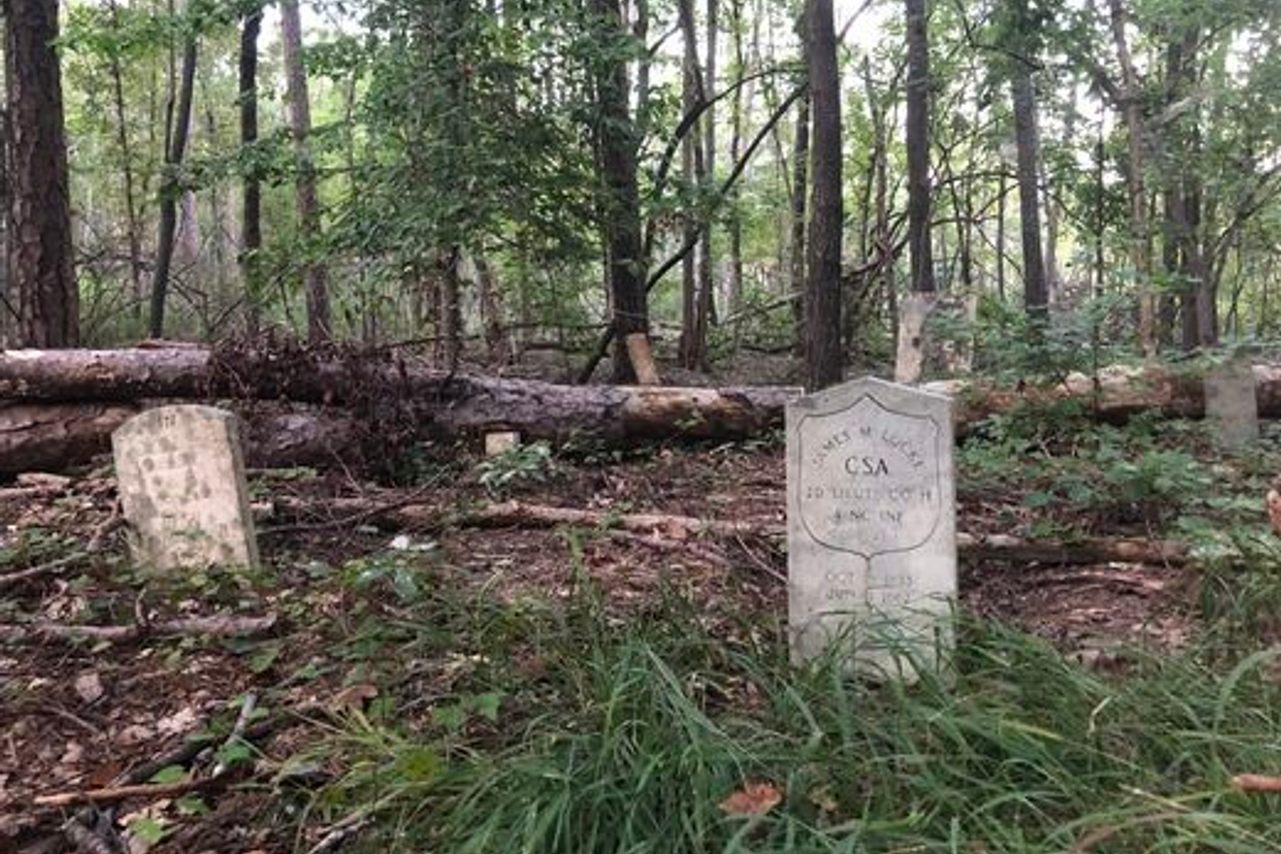
6. Graveyard Island
Along some railroad tracks, nestled between the towns of New London and Badin is Graveyard Island, where the dead rest in wooded solitude—but the small sliver of land wasn’t their original resting place. In 1917, the Yadkin River was dammed to produce hydroelectric power for Alcoa, an aluminum manufacturing company, which in turn created Badin Lake. Before the lake was filled, graves in the valley had to be relocated—as many as 300 of them. Those graves, dating back as far as the early 1800s, are now spread across three separate, remote graveyards on this tiny sliver of land. (Read more.)
Graveyard Island, Harris, NC 28127

7. British Cemetery of Ocracoke
In the early days after the United States's entry into World War II, the Navy was woefully undermanned and outgunned. German submarines took a major toll on the U.S. merchant fleet off the Atlantic Coast, and North Carolina’s Outer Banks were dubbed “Torpedo Alley.” The British offered help and in May 1942, the British ship HMT Bedfordshire, was struck by a German torpedo while on patrol. The ship went down, and all 37 sailors on board perished. When four of the sailors washed ashore near the small town of Ocracoke, the locals wanted to honor them, so they created a British cemetery alongside the village one. Eventually the grounds were leased to the British Commonwealth for as long as the sailors are buried there, so technically the four men are buried on home soil. (Read more.)
234 British Cemetery Rd, Ocracoke, NC 27960

4 Underwater Wonders of Florida

6 Spots Where the World Comes to Delaware

6 Wondrous Places to Get Tipsy in Missouri

4 Pop-Culture Marvels in Iowa

7 Stone Spectacles in Georgia

6 Stone-Cold Stunners in Idaho

8 Historic Spots to Stop Along Mississippi's Most Famous River

5 Incredible Trees You Can Find Only in Indiana

5 Famous and Delightfully Obscure Folks Buried in Kentucky

4 Wacky Wooden Buildings in Wyoming

7 Spots to Explore New Jersey’s Horrors, Hauntings, and Hoaxes

4 Out-There Exhibits Found Only in Nebraska

6 Sweet and Savory Snacks Concocted in Utah

12 Places in Massachusetts Where Literature Comes to Life

8 Places to Get Musical in Minnesota

8 Buildings That Prove Oklahoma's an Eclectic Art Paradise

9 Stunning Scientific Sites in Illinois

5 Strange and Satanic Spots in New Hampshire

8 Historic Military Relics in Maryland

5 of Colorado's Least-Natural Wonders

6 Hallowed Grounds in South Carolina

9 Rocking Places in Vermont

Black Apples and 6 Other Southern Specialties Thriving in Arkansas

4 Monuments to Alabama’s Beloved Animals

The Dark History of West Virginia in 9 Sites

11 Zany Collections That Prove Wisconsin's Quirkiness
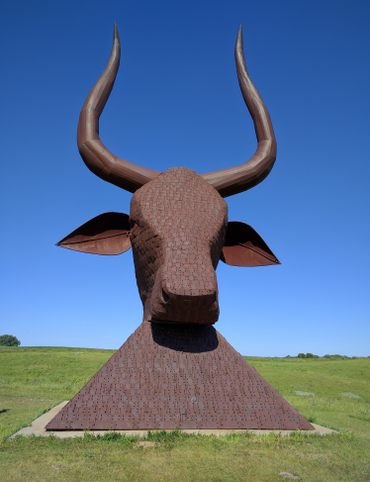
7 Inexplicably Huge Animals in South Dakota

6 Fascinating Medical Marvels in Pennsylvania

8 Places in Virginia That Aren’t What They Seem
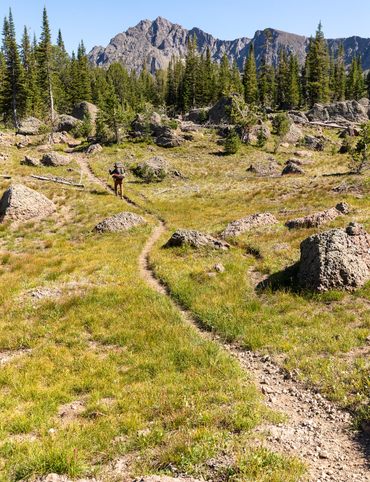
7 of Montana's Spellbinding Stone Structures

9 of Oregon’s Most Fascinating Holes and Hollows

Take to the Skies With These 9 Gravity-Defying Sites in Ohio

9 Strange and Surreal Spots in Washington State

8 Watery Wonders in Hawaiʻi, Without Setting Foot in the Ocean

6 Unusual Eats Curiously Cooked Up in Connecticut

11 Close Encounters With Aliens and Explosions in New Mexico
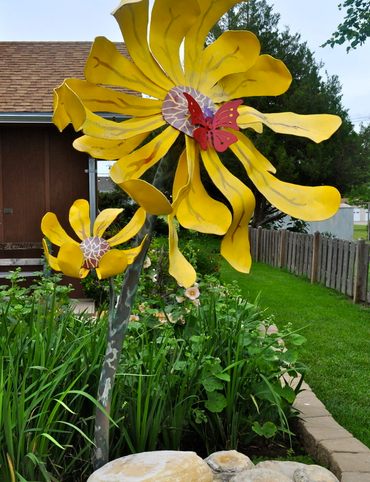
10 Places to Trip Way Out in Kansas

The Resilience of New York in 10 Remarkable Sites

7 Very Tall Things in Very Flat North Dakota

8 Blissfully Shady Spots to Escape the Arizona Sun

9 Surprisingly Ancient Marvels in Modern California

10 Art Installations That Prove Everything's Bigger in Texas
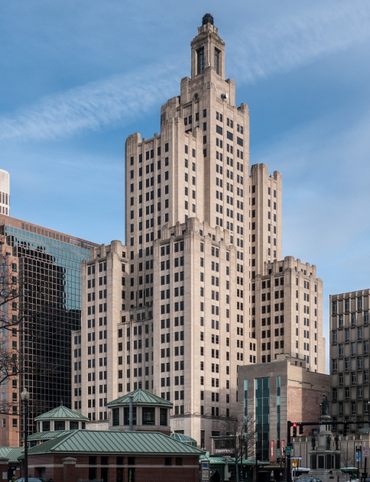
6 Huge Things in Tiny Rhode Island

7 Underground Thrills Only Found in Tennessee

Sink Into 7 of Louisiana's Swampiest Secrets

7 Mechanical Marvels in Michigan

11 Wholesome Spots in Nevada

7 Places to Glimpse Maine's Rich Railroad History

11 Places Where Alaska Bursts Into Color



